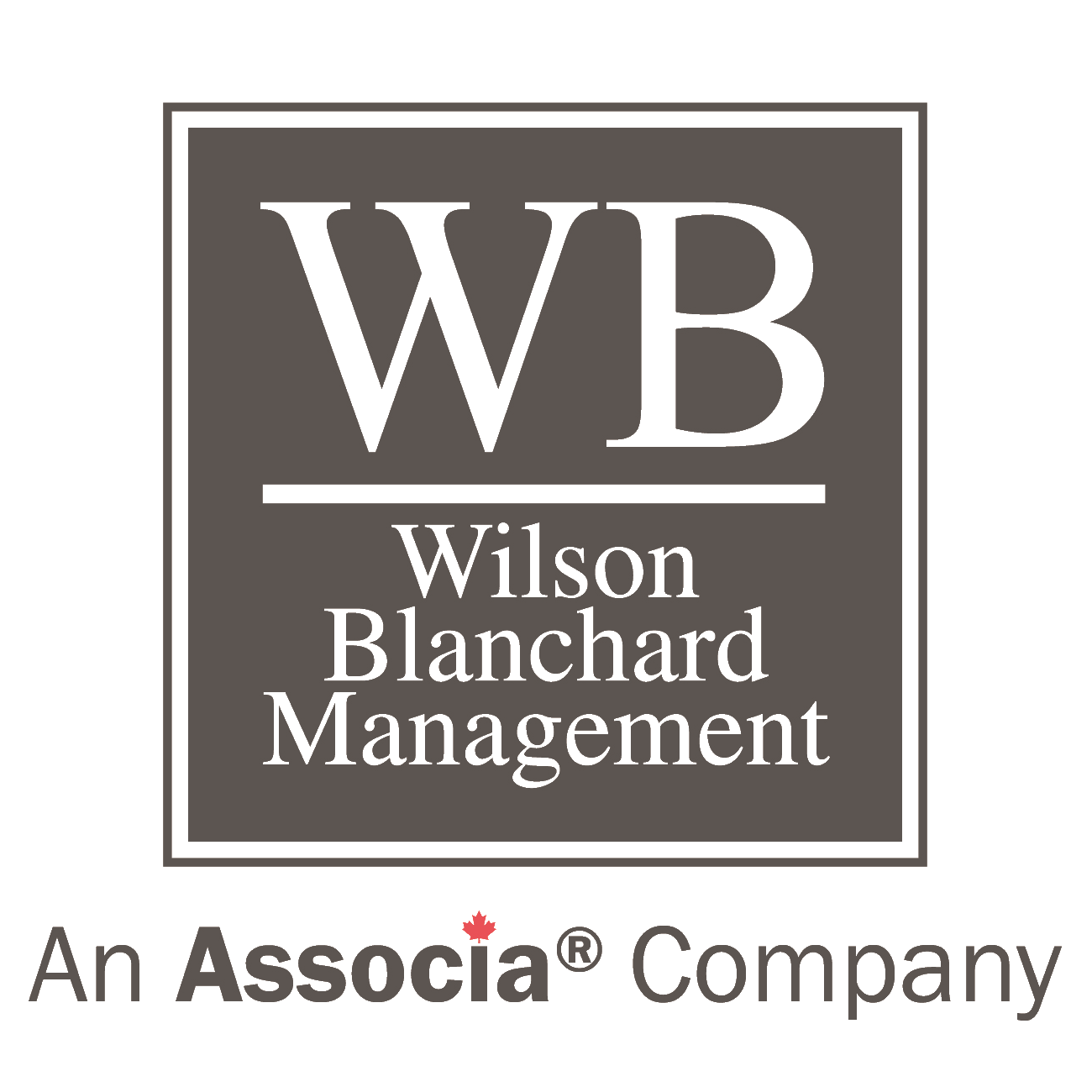How to Prepare Your Home for a Flood
If you live in a condominium corporation, getting your home and community ready for floods can help protect your family and property. Read on for tips on how to prepare for a flood and what you can do to stay safe.
Are You in a Flood Zone?
Flood zones are areas at a higher risk of flooding. These may include regions that frequently experience major storms.
Condominium residents can also contact their board or community manager to learn more about local flooding areas and how their homes may be affected.
What To Do Before a Flood
Whether you live in a high-risk area or not, it’s crucial that you take flooding and the potential for other natural disasters seriously. Before a flood hits, here are things homeowners should do ahead of time:
- Ask your condominium manager about your community’s emergency response plan
- Review your insurance coverage or add flood insurance to your policy
- Take pictures of your property and high-value assets for insurance purposes
- Create an evacuation plan and share it with your family
- Identify ways to stay informed and up to date with flood warnings
- Stock up on essentials and prepare a flood emergency kit
Preparing Your Home for a Flood
A flood can have devastating effects on your home and neighbourhood. By being proactive and taking steps to avoid damage, you can minimize your losses and facilitate recovery efforts. Here’s how to prepare for a flood in your condominium home.
1. Familiarize yourself with your condominium emergency action plan.
Check your governing documents for your community’s emergency preparedness plan and familiarize yourself with details like:
- Evacuation routes
- Designated meeting locations
- Backup power options
- Emergency contact information
- Locations of first aid kits and other supplies
- Condominium corporation insurance coverage
2. Protect important documents and valuable items.
When you know a storm is coming and there’s a chance of flooding in your area, take measures to protect irreplaceable items. Invest in waterproof containers to store important documents, photographs, and other valuables that could be damaged by water.
3. Identify and repair structural damage.
Homeowners can also protect their properties by identifying weak areas or damage in the home’s structure. Take the time to inspect:
- Doors
- Windows
- Walls
- Foundation
Repairing the damage and sealing gaps can prevent water from entering. If you expect significant flooding, look into how to make a door flood barrier.
4. Clear gutters and downspouts.
When gutters and spouts are filled with leaves and twigs, the debris can prevent water from flowing away from the home, leading to water damage and potential flooding. Clearing out your gutters and downspouts will ensure optimal drainage and direct water away from your property.
5. Trim trees and bushes.
Keeping trees, bushes, and landscaping neat and trimmed can also reduce storm damage. During a heavy downpour, overgrown leaves and branches can easily break off and clog swales and storm drains. When excessive runoff has nowhere to go, your home is at risk of flooding and damage.
6. Secure outdoor furniture.
Consider bringing outdoor furniture inside or putting it in storage when there is a flood warning. Strong winds can blow the furniture into your home or other parts of the community, causing serious damage and costly repairs.
7. Use sandbags to prevent flood damage.
Knowing when and how to prepare for a flash flood can be challenging because it happens very quickly. However, one way to prevent flood damage is to always have sandbags ready to go.
Sandbags can act as a barrier, protecting your property from rushing water. Place the bags lengthwise, with the flap folded under and facing away from where you expect the water to flow. Stack two to three rows of sandbags for optimal protection.
8. Elevate furniture and other household items.
Consider elevating your furniture, appliances, and other items off the ground to protect them from water damage. Concrete blocks typically work well to handle heavy furniture while keeping them stable. For lighter items, take them upstairs or stack them on top of tables and chairs.
9. Unplug electronics and appliances.
When there’s a chance that floodwater will enter your home, it’s a good idea to unplug electronics and appliances. In addition to preventing device damage, this will protect you and your family from accidental electrocution.
10. Shut off utilities.
Call the utility companies to shut off your electricity, gas, and water when expecting a flood. Excessive water can create a safety hazard by conducting electricity and damaging gas lines. Flooding can also cause plumbing issues, so shutting off the water supply can keep the problem from worsening.
Staying Safe During a Flood
During a flood, it’s vital to prioritize safety and follow directions from your local authorities and community leaders, including:
- Listening for local weather updates and warnings
- Evacuating when directed
- Following your condominiums emergency flood plan
- Connecting with others to let them know your location and status
